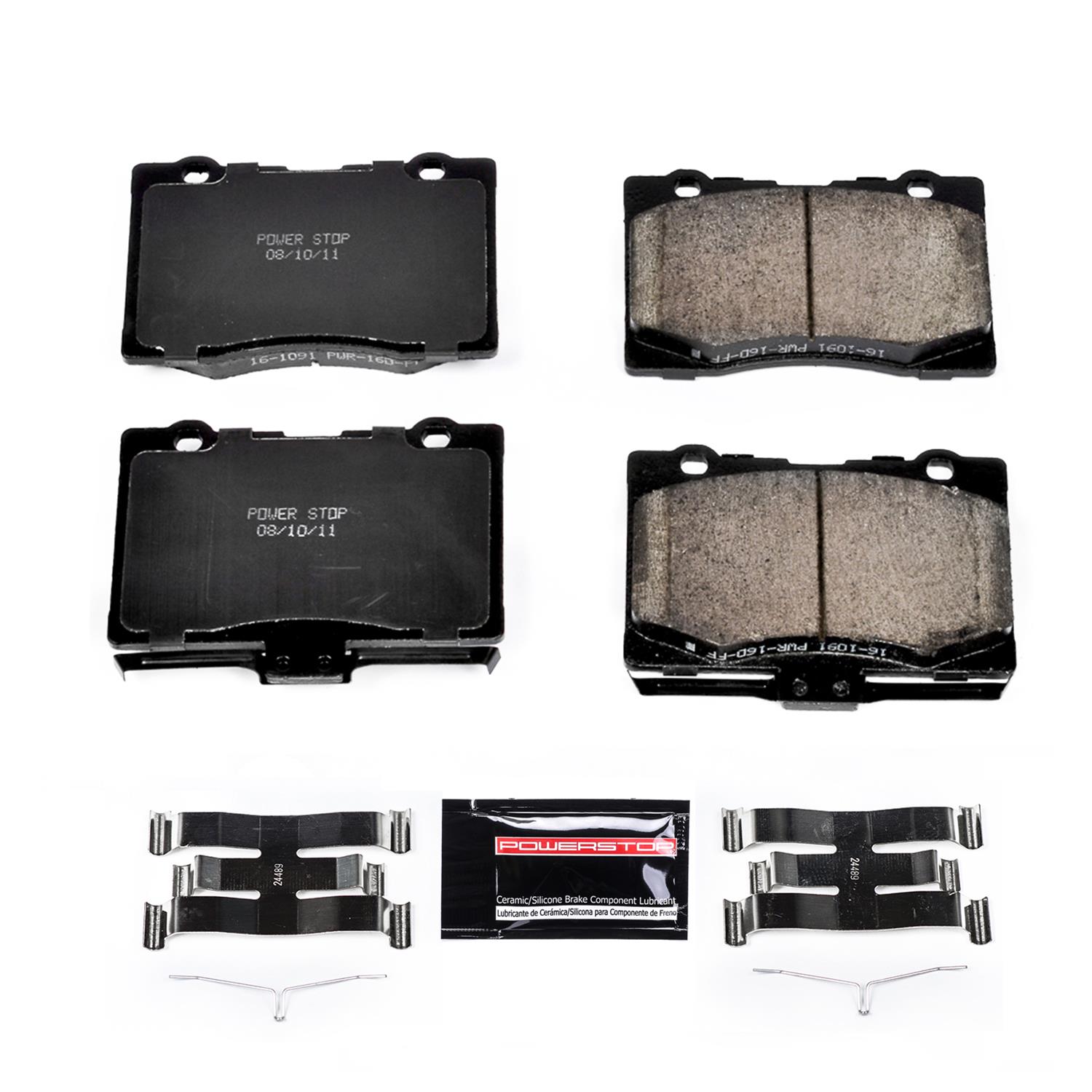For this procedure you will need a good stretch of road and no traffic.
Ceramic brake break in procedure.
An alternative 60 20 10 procedure is to gradually brake from 60 mph to 20 mph 10.
You will be stopping frequently so pick a good flat road where you are able to achieve speed of 45 50 mph and be able to stop quickly away from cars.
Check the fluid level of the master cylinder before you bed in new ceramic brake pads.
Remove any and all fluids and film from the machined surfaces of the rotor with brake cleaner to have a pristine surface prior to the bed in procedure.
This procedure will prevent the pads from getting too hot until the resins have fully cured.
30 gradual stops from 30 mph with 30 seconds in between each stop for the brakes to cool.
It is very important that this initial layer of friction material is evenly distributed.
Bedding in commonly known as breaking in new brake pads and rotors is necessary for new brakes to work properly.
Allow at least 30 seconds between brake applications for the brake pads or shoes to cool down.
Bedding in your brakes helps transfer an even layer of brake pad material onto the brake rotor which assists in smoother brake operation and improved braking power.
Many brake experts recommend breaking in new brake pads with a 30 30 30 procedure.
Bleed the brake system to get better response and add resistance in the brake pedal when in use.
It s important to understand that this procedure should be performed on a safe road away from traffic as it s a good way to test the system of new brake components for any other faults.
You may notice a blue tint and dark grey color on the brake pad surface of the rotor as the brake pads are embedding into the rotor.
Known by some as the bedding in process breaking in the pads should be done any time new ceramic brake pads are installed or when purchasing a new car.
The break in procedure is critical to brake performance.
The reason for a proper break in is to establish an even layer of friction material deposited on the rotors from the brake pads.
This layer known as a transfer layer enhances the friction generating properties of your pads and rotors improving your brakes performance and extending their lifespan.
This is normal due to break in period.
You may even hear squeaking sounds see smoke or smell an odor.
No high speed stops and or braking under heavy loads that could result in glazed or otherwise damaged linings.
The process works to put a layer of material onto the friction surface of the rotor from the brake pad.
Once those brake pads and rotors are mounted it is essential to properly break them in.
Simply put the bed in process aka break in conditioning or burnishing deposits an even layer of material from the brake pad onto the friction surface of the disc rotor.

